




Author: Omansh
Yoga 0
Pudendal neuralgia is a chronic pain condition that can significantly impact daily life but often goes unrecognized for years. It occurs due to damage or irritation of the pudendal nerve, which innervates the pelvic region. The resulting pain is often misunderstood or misdiagnosed as other pelvic disorders.
The pudendal nerve plays a vital role in controlling sensation in the genitals, anus, and perineum. When compromised, it leads to persistent pain and discomfort that can affect sitting, intimacy, and even bowel and bladder function. Understanding this condition is the first step toward effective pudendal neuralgia treatment.
Understanding the Pudendal Nerve
The pudendal nerve originates from the sacral spinal nerves (S2 to S4). It travels through the pelvic region, exiting and re-entering various anatomical passages like Alcock's canal.
1. Anatomy:
Originates from S2–S4, follows a complex pathway through the pelvis.
2. Function:
Controls sensation in the genitals and motor function in the pelvic floor muscles.
3. Importance:
Plays a key role in maintaining continence, sexual function, and pelvic muscle coordination.
What is Pudendal Neuralgia?
Pudendal neuralgia is a condition involving chronic inflammation, irritation, or entrapment of the pudendal nerve. Unlike general pelvic pain, pudendal neuralgia has a specific neural origin, making it distinct in its cause and management.
Patients often describe the discomfort as burning, stabbing, or aching pain in areas served by the pudendal nerve. The pain typically worsens with sitting and improves while lying down.
Causes of Pudendal Neuralgia
a. Mechanical Causes
1. Prolonged sitting (e.g., office workers, cyclists)
2. Pelvic trauma from falls or accidents
3. Childbirth-related injury
b. Surgical or Procedural Causes
1. Hysterectomy, prostate surgery, or other pelvic operations
2. Pelvic or spinal injections leading to nerve damage
c. Neurological or Anatomical Causes
1. Entrapment of the nerve in Alcock’s canal
2. Scar tissue or inflammation compressing the nerve
d. Other Risk Factors
1. Chronic constipation or straining during bowel movements
2. Pelvic infections
3. Inflammatory conditions in the pelvic area
Understanding pudendal neuralgia helps in planning personalized treatment strategies.
Symptoms of Pudendal Neuralgia
Recognizing pudendal neuralgia symptoms is crucial for early intervention.
● Sharp, stabbing, or burning pelvic pain
● Pain increases with sitting and decreases when standing or lying
● Sensation of fullness or foreign object in the vagina or rectum
● Pain during intercourse, urination, or bowel movements
● Tingling or numbness in the genital areas
● Emotional challenges such as anxiety, depression, or isolation due to chronic pain
How is pudendal neuralgia diagnosed?
Pudendal neuralgia diagnosis is complex and often delayed. Key methods include
1. Clinical Evaluation:
Detailed patient history and symptom review
2. Pelvic Floor Exam:
Checks for muscular and nerve-related tenderness
3. Diagnostic Nerve Block:
Temporary relief after a pudendal nerve block confirms the diagnosis
4. Imaging Tests:
MRI, CT scans, and ultrasound help identify structural issues
5. EMG Testing:
Electromyography can assess pudendal nerve functionality (optional)
Timely pudendal neuralgia diagnosis is vital to prevent worsening symptoms.
Treatment Options for Pudendal Neuralgia
a. Conservative Management
1. Pelvic Floor Physiotherapy:
Pelvic Floor Physiotherapy relaxes and retrains tight pelvic muscles
2. Medications:
Anticonvulsants (Gabapentin), tricyclic antidepressants (Amitriptyline), and NSAIDs for pain control
3. Posture Correction:
Special cushions or seats to avoid nerve pressure
4. Lifestyle Adjustments:
Avoid cycling, manage constipation, and reduce prolonged sitting
b. Interventional Treatments
1. Nerve Block Injections:
Temporary but effective relief
2. Botox Injections:
Reduce muscle spasms in the pelvic floor
3. Radiofrequency Ablation:
Heat application to disrupt nerve pain signals
c. Surgical Options
1. Pudendal Nerve Decompression Surgery:
Last-resort treatment if all else fails
Each pudendal neuralgia treatment plan must be tailored based on individual needs and symptoms.
Living with Pudendal Neuralgia
Living with this condition involves ongoing physical and emotional challenges. Here's how patients cope:
1. Pain Management:
Regular physiotherapy, medications, and sitting support tools
2. Support Systems:
Join support groups or see a counselor for chronic pain
3. Sexual Function Support:
Open communication with partners and professionals
4. Mental Health Care:
Working with a pain psychologist helps build resilience
Sustainable living with pudendal neuralgia involves more than just medical care—it requires lifestyle harmony and mental well-being.
When to See a Doctor
You should seek medical advice if you experience:
● Persistent pelvic or genital pain without an obvious cause
● Pain that worsens when sitting
● Problems with bladder or sexual function
● No relief from standard pelvic pain treatments
Ignoring the signs can lead to chronic complications, making early care essential.
Conclusion
Pudendal neuralgia is a real, painful, and life-altering condition. It is frequently misunderstood, but with the right awareness and support, it can be effectively managed.
Prompt pudendal neuralgia diagnosis, combined with physiotherapy, medication, and lifestyle modifications, offers hope for long-term relief. Don’t ignore persistent pelvic discomfort—consult a healthcare provider for guidance tailored to your condition.
Frequently Asked Questions
Add comment

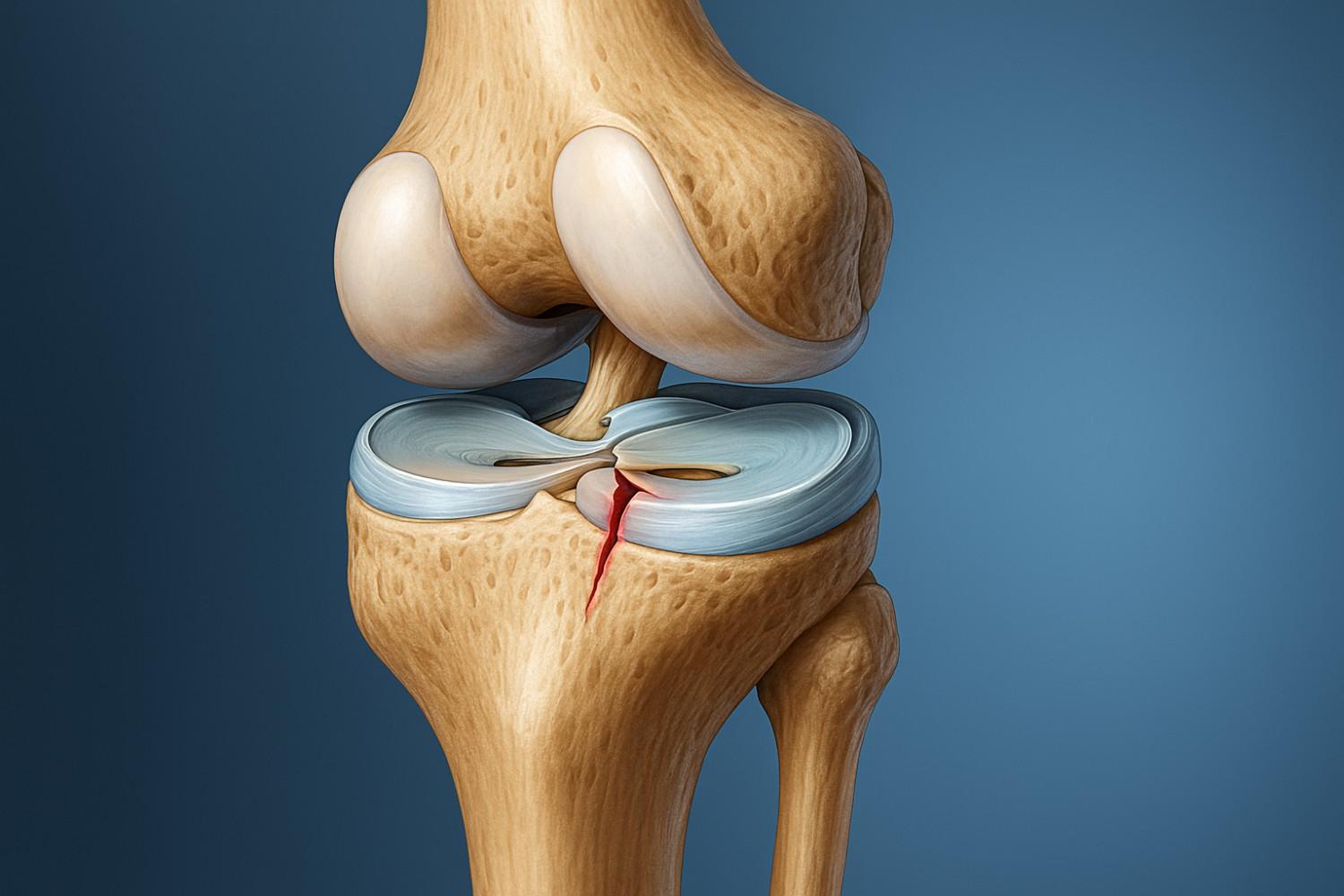
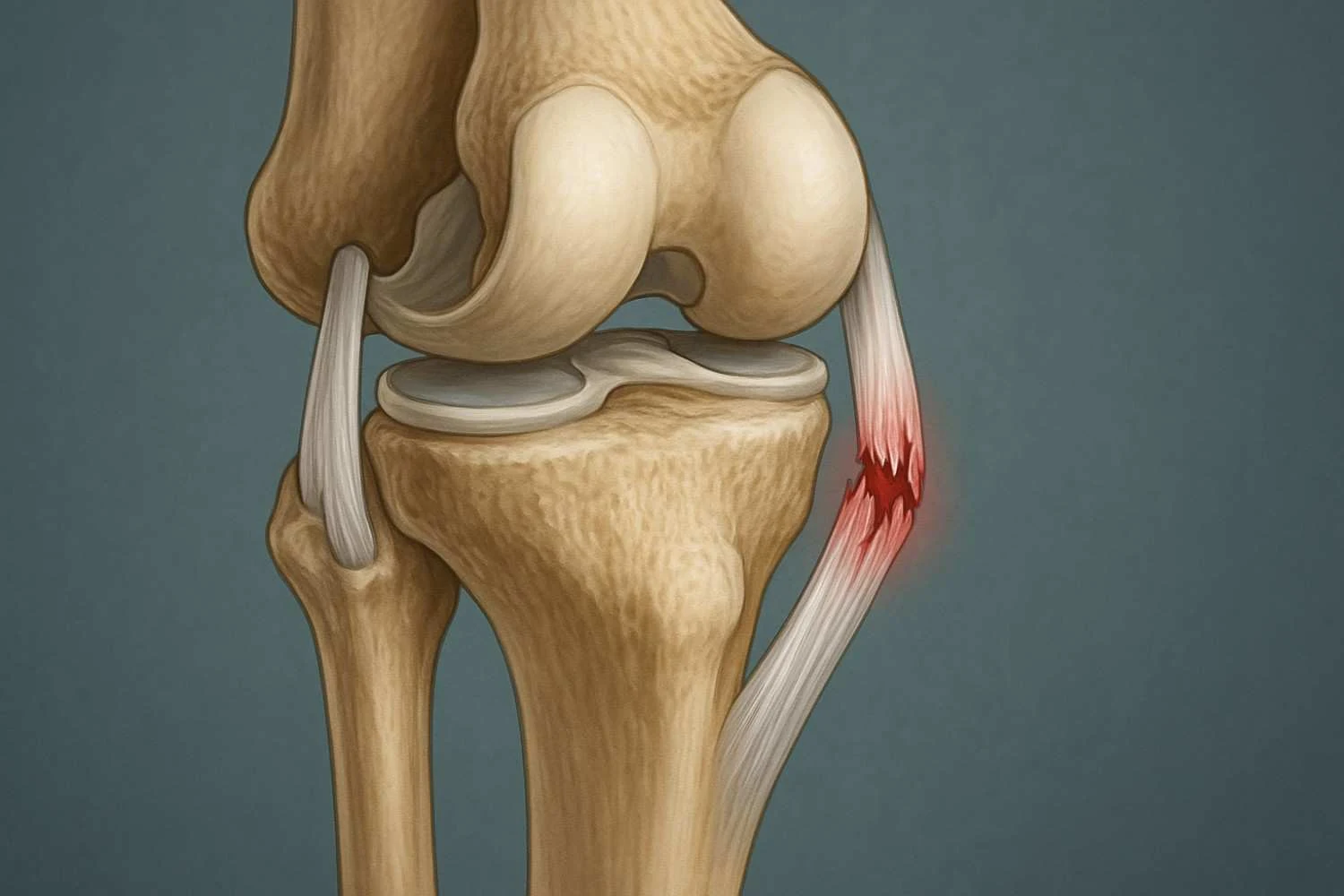


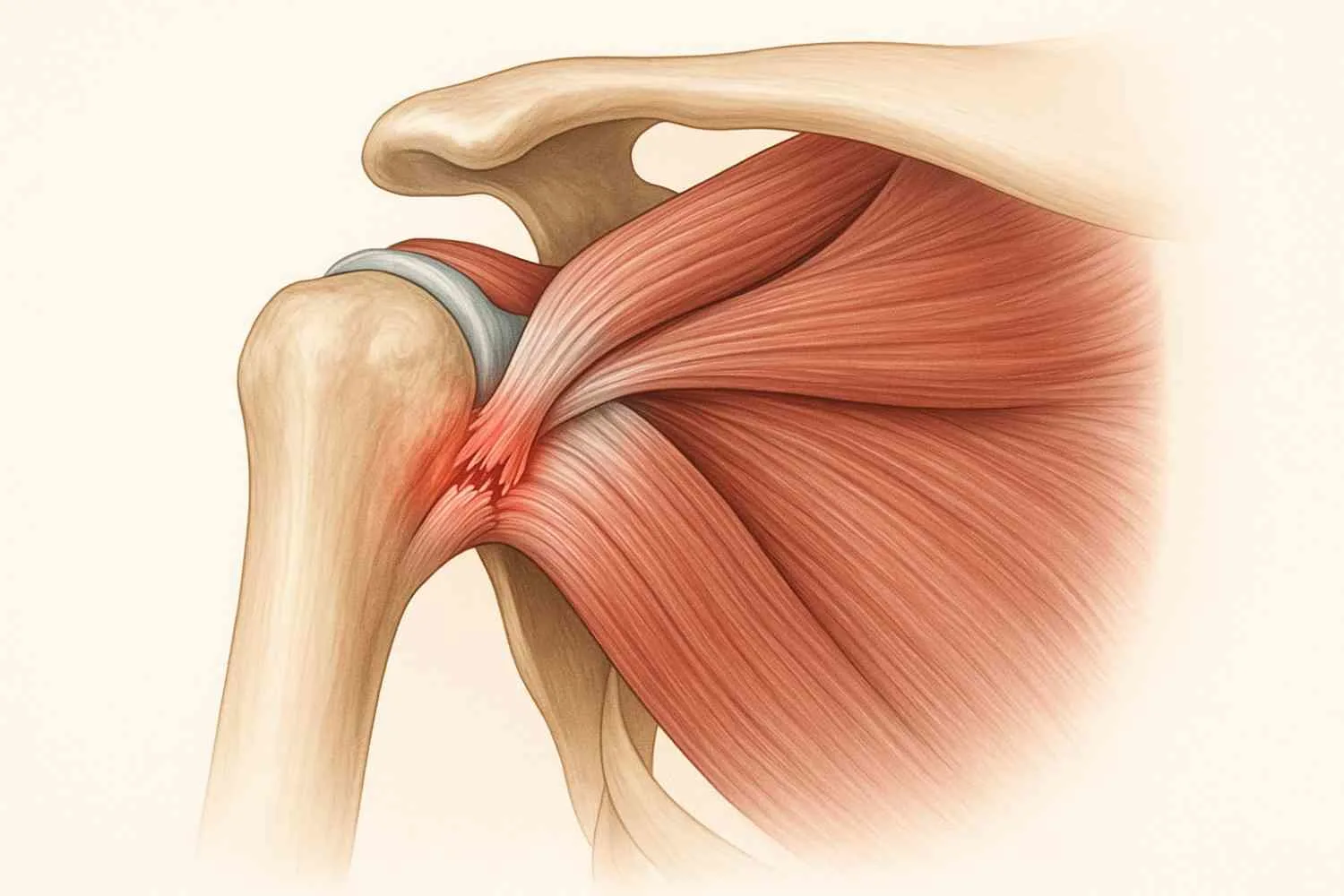
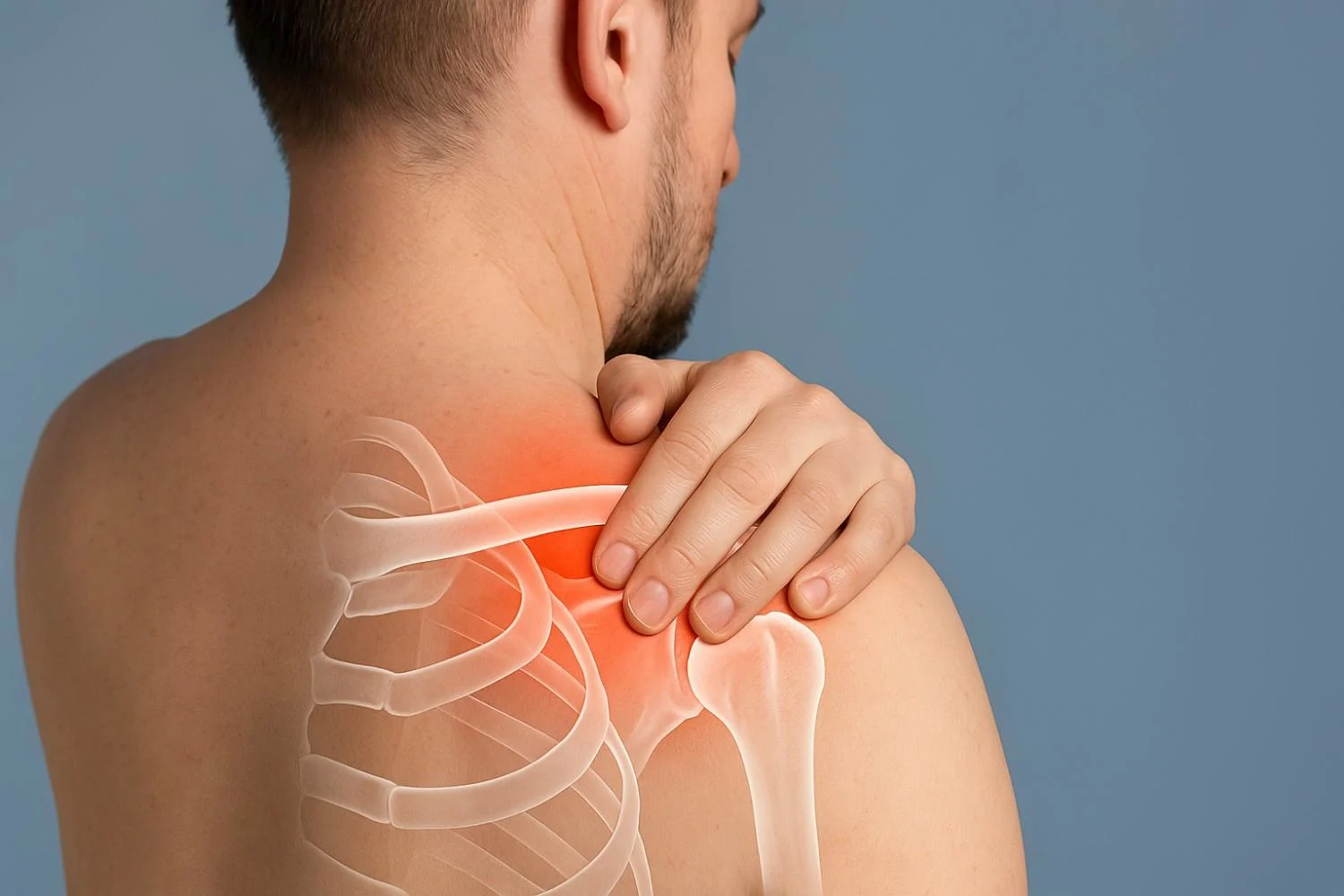




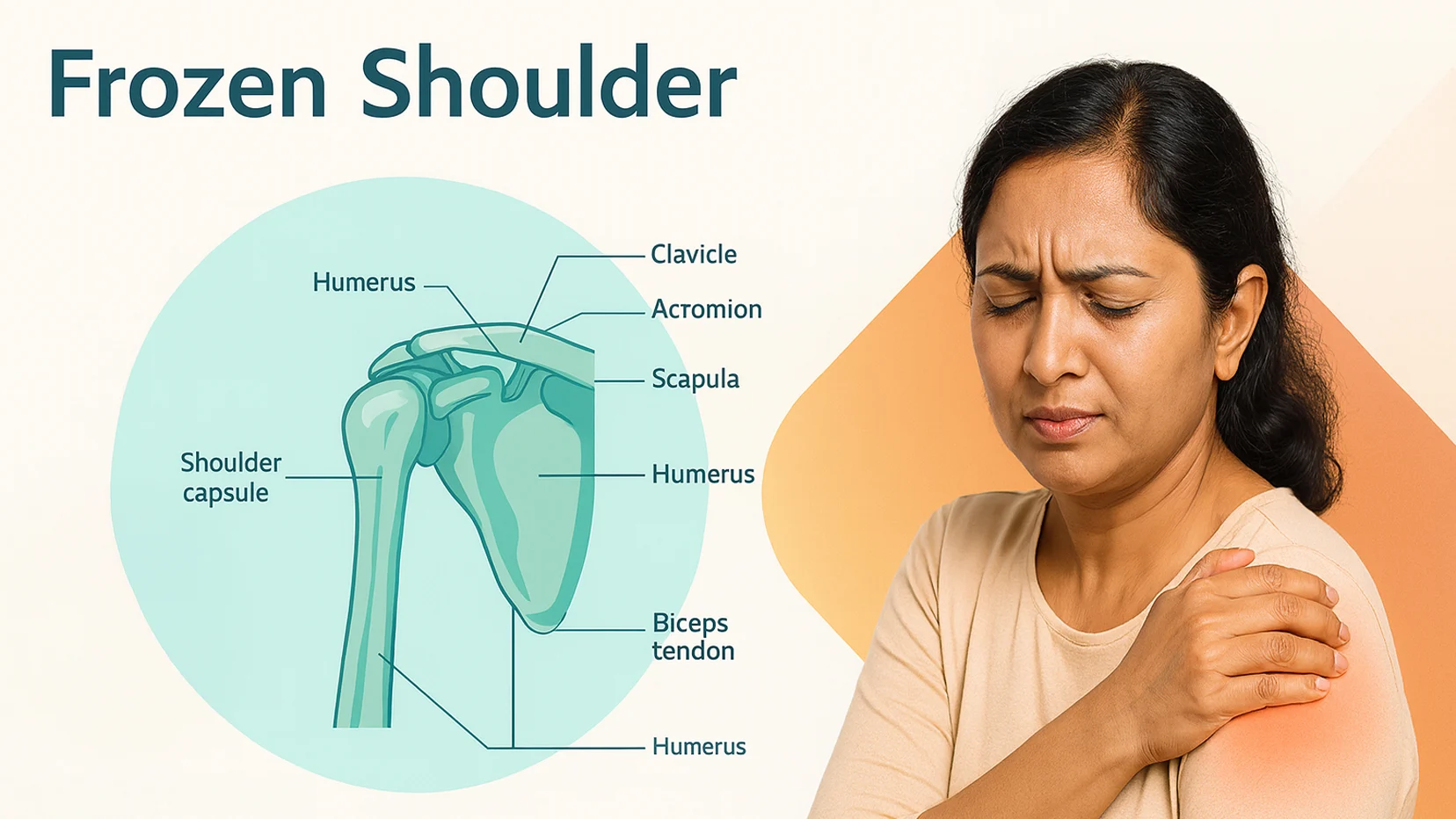




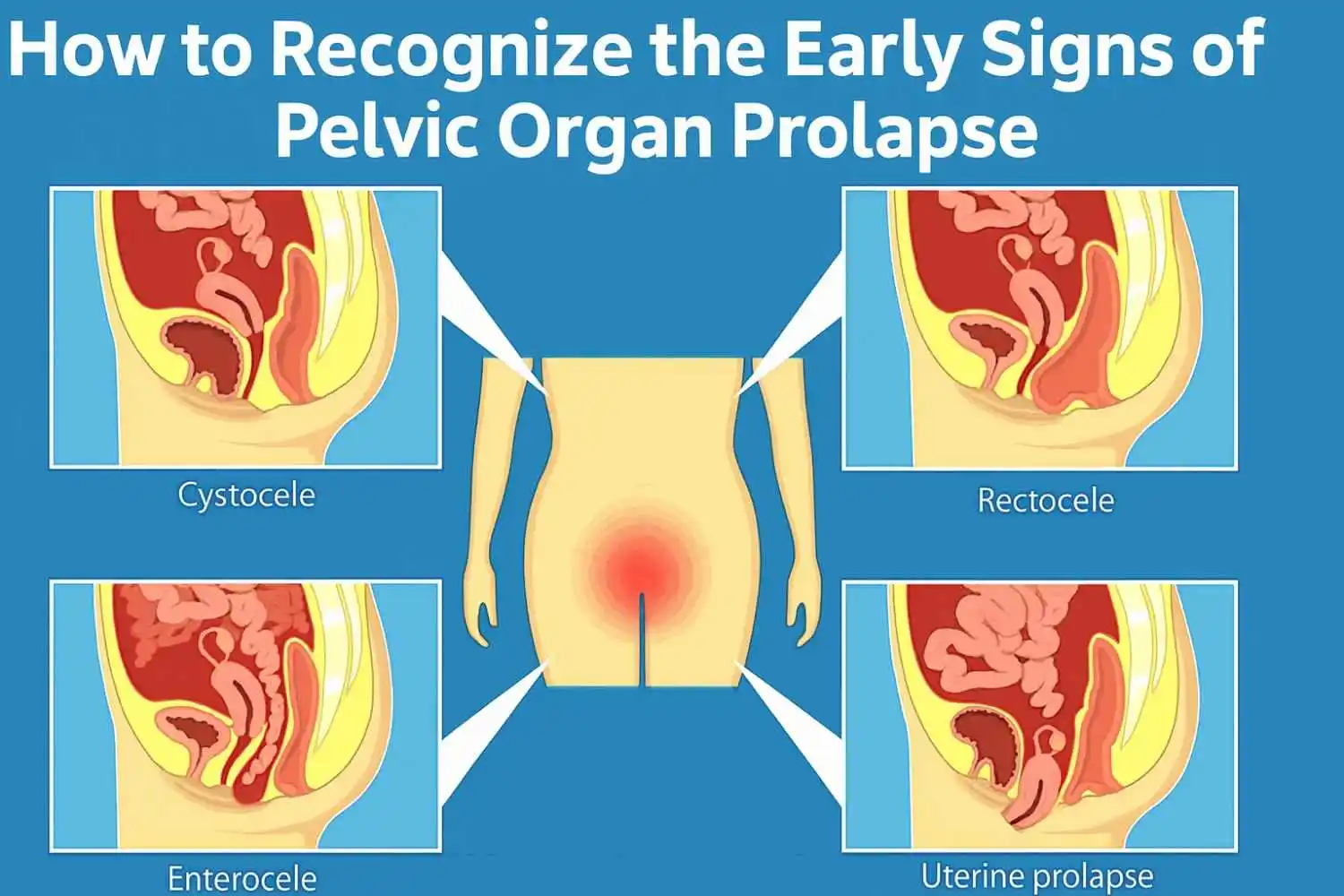
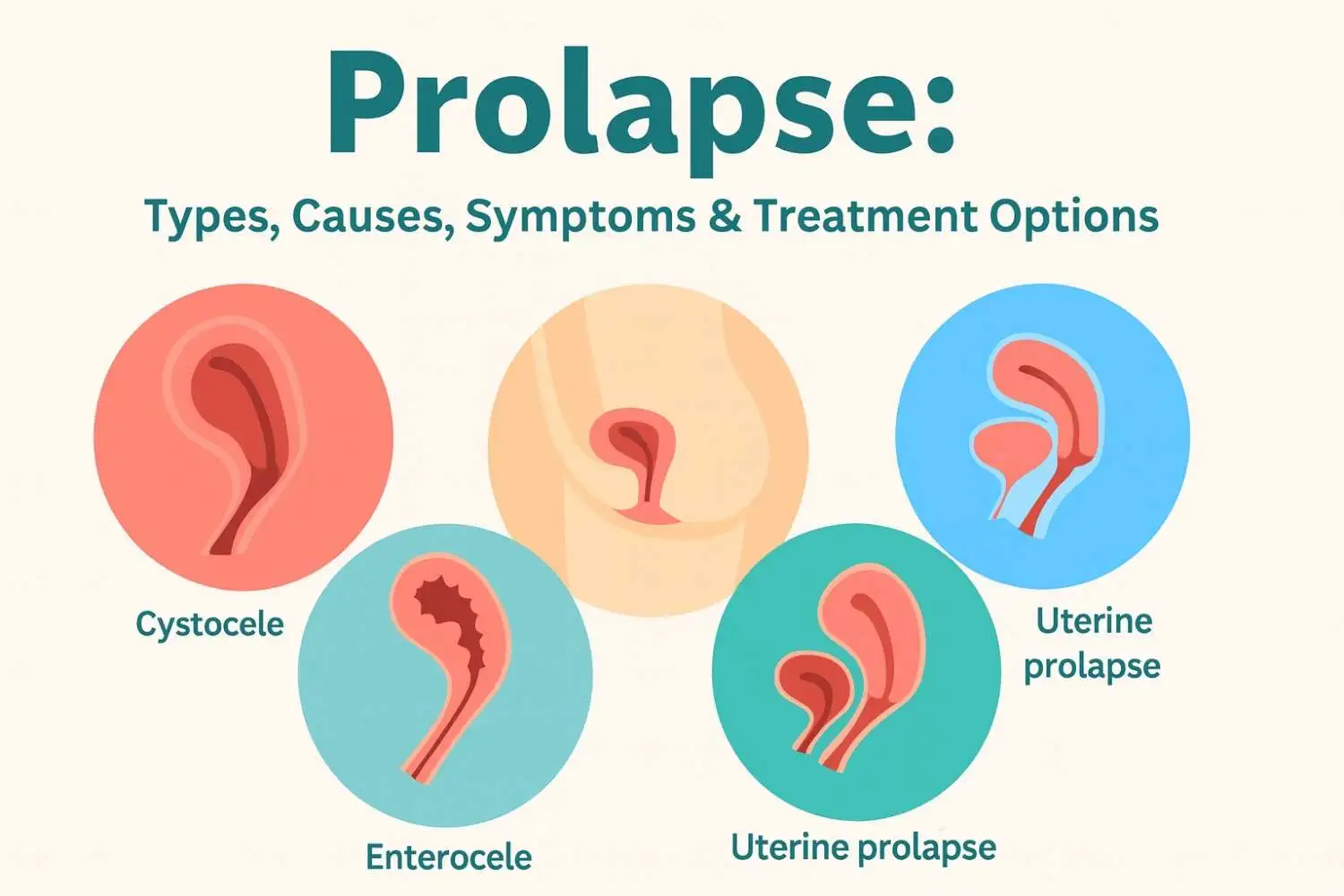









.webp)





.jpg)






































